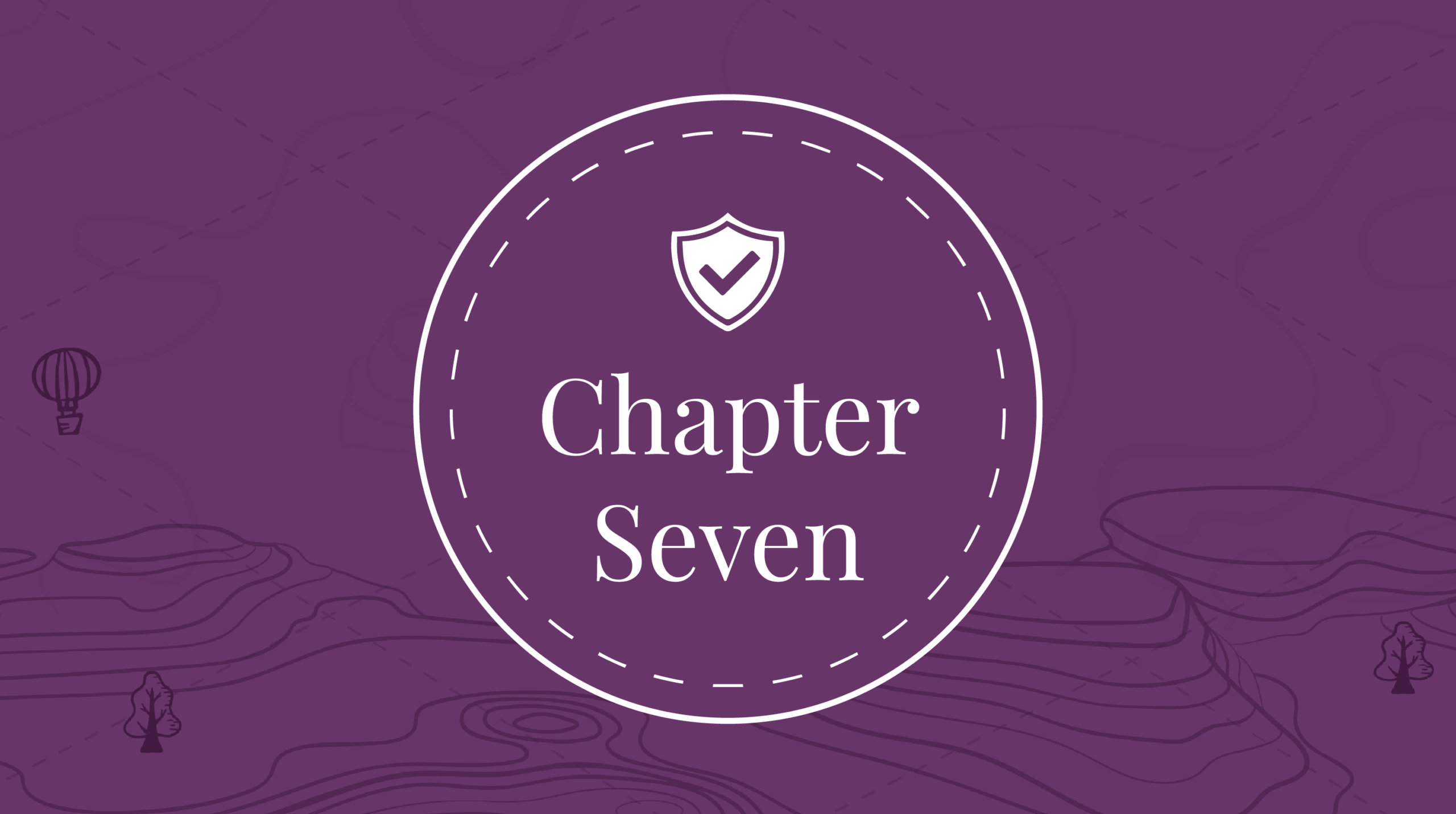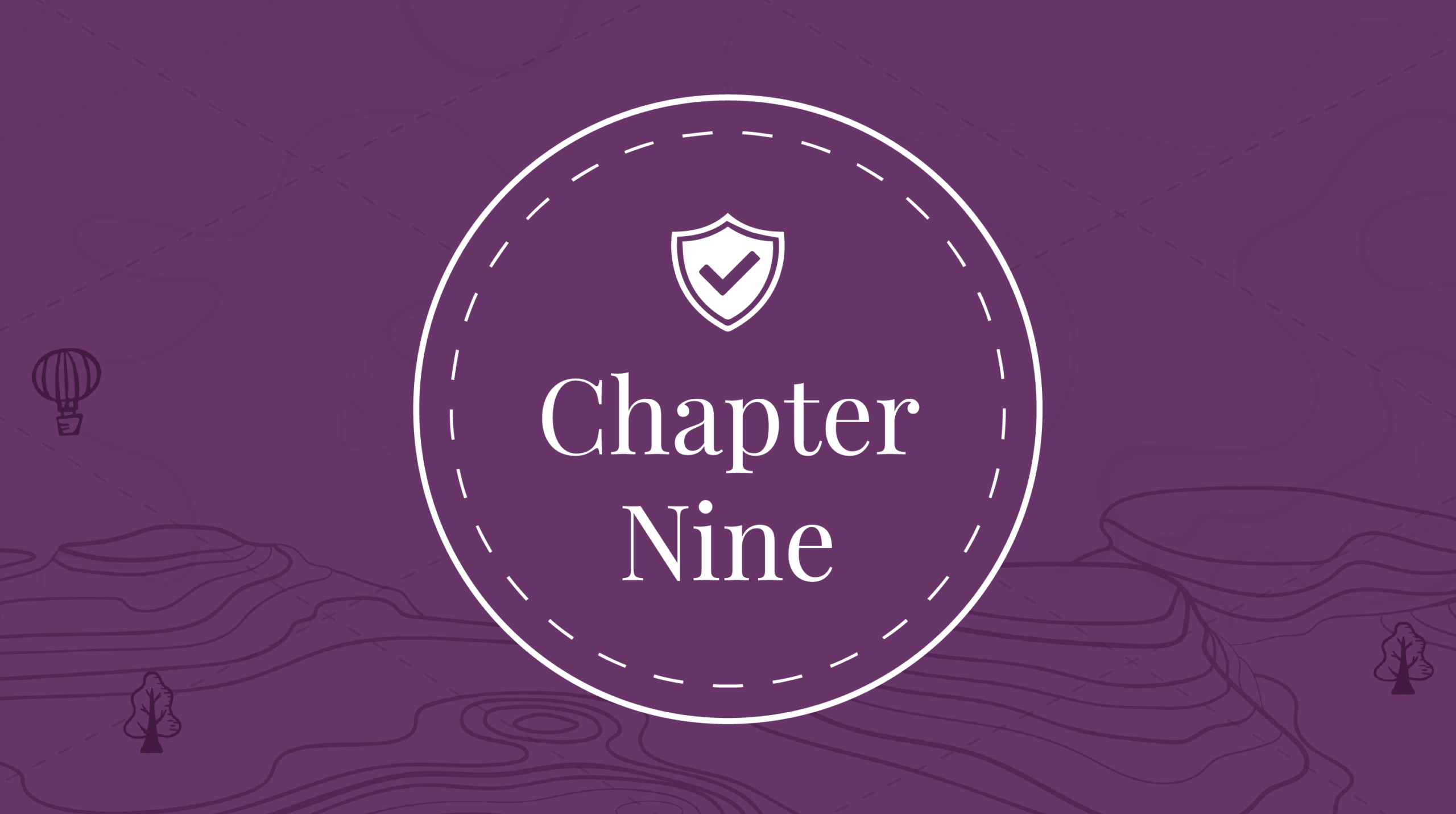Chapter 8:
How to Deliver Your Service
Chapter 8 dives into the details of how to actually deliver your compliance and risk management services. In this chapter, you will learn how to build out your tech stack, provide ongoing value, and create a culture of compliance with your employees and clients.
Compliance is a Team Sport
You can’t do it all alone! A successful risk management offering requires buy-in from your entire team, and everyone must contribute. That’s why it is so important to build a culture of compliance within your organization.
Beyond your team, a successful Compliance as a Service offering also requires buy-in from your client at a company level. Everyone within your client’s organization — including sales, human resources, managers, and leadership — must adhere to compliance best practices.
Essentially, you are the project manager for your clients. It is your responsibility to create the roadmap, set priorities and milestones, assign work, and monitor progress over the long term. You have to keep your clients accountable and on track.
Supporting Steps
Understand Your Clients’ Needs:
To effectively deliver your compliance services, you have to understand each client’s unique situation.
From there, you can build a plan and address top priority needs first. Here’s the fast-track approach:
Identify Client Industries and Regulations
Understand the specific industries your clients operate in (e.g., healthcare, finance, technology) and the regulations they must comply with (e.g., HIPAA, GDPR, PCI-DSS). This helps in selecting software that is tailored to specific compliance requirements.
Determine Client Pain Points
Identify whether clients need help with documentation, audit preparation, continuous monitoring, or risk assessment. Understanding these pain points helps tailor the software stack and offerings to meet their needs.
Highlight The Need For Operational Resilience
Compliance monitoring tools help you establish a baseline for security practices. The goal is to identify gaps and vulnerabilities and then adopt best practices to protect against likely threats.
This approach lets you focus on monitoring threats and vulnerabilities (and preventing them altogether!) rather than scrambling when incidents occur. By building out an incident response protocol, you can help clients proactively mitigate the impact of cyberattacks.
Define the Core Capabilities of Compliance Software:
Risk Assessment and Management
Policy and Procedure Management
Audit Management
Continuous Monitoring and Reporting
Integration with Existing Systems
Automation
Build Out Your CaaS Stack:
Core Compliance Management Software
SIEM
RMM
DMS
LMS
Incident Response and Business Continuity
Audit and Evidence Collection Tools
Integration and API Management
Ensuring Continuous Improvement
Continuous improvement is the gold standard of Compliance as a Service — the “north star” that should guide everything you do for your clients. While you may not be able to address every issue immediately, being able to present clients with a roadmap and show your progress at critical milestones will demonstrate the value of your services.
That’s why you must provide your clients and key stakeholders with regular updates on the projects and initiatives you roll out. Over the long term, these initiatives will compound, and every step will help make their business more secure and efficient. The goal is to present the “current state” compared to the “before state,” which will truly capture the value you provide your clients.
Client Reporting and Communication
As an MSP selling Compliance as a Service, effective communication and reporting are essential for maintaining client trust and confidence in your value. Here’s a breakdown of reporting and communication methods you can use to keep in touch with clients:
Communication Methods:
| Method | Frequency | Format | Content |
|---|---|---|---|
| Regular Meetings | Monthly or quarterly (after initial setup) | Face-to-face video conferencing or in-person meetings | Ongoing compliance status, critical project progress, top priority issues and risks, upcoming audits or action items, and general updates on relevant regulations |
| Email Updates | Weekly or bi-weekly | Clear, concise emails with bullet points summarizing critical updates, action items, and immediate concerns | Status updates, compliance checks, new regulations, and reminders for upcoming deadlines |
| Client Portal | Clients can access as needed | Real-time compliance data, reports, and documents on an easy-to-read dashboard | Dashboards, compliance status, historical data, project process, and downloadable reports |
| Phone Calls | As needed, but particularly for urgent matters that require immediate attention | Phone call or face-to-face video conferencing | Immediate issues, urgent action items, complex problem review, and critical updates |
| Reports | Monthly, quarterly, or annually, depending on your client’s preferences and compliance requirements | Detailed, formal document in PDF format that you can share with all key stakeholders | Compliance status, audit results, risk assessments, remediation actions, and key roadmap milestones |
Reporting Formats:
| Method | Format | Content |
|---|---|---|
| Dashboards | Interactive and visual, accessed through a secure client portal | Real-time compliance metrics, risk levels, historical trends, and compliance project status |
| Executive Summaries | Concise, high-level document summarizing critical compliance statuses and high-priority issues | Overall compliance health, significant risks, and strategic recommendations |
| Detailed Reports | Compliance documents with in-depth analysis and data in PDF format that you can share with key stakeholders | Full compliance assessments, audit results, detailed risk analysis breakdowns, and action plans |
| Compliance Scorecards | Visual, easy-to-read scorecards demonstrating compliance performance compared to benchmarks or standards | Scores or ratings for various areas of compliance highlighting strengths and vulnerabilities |
| Incident Reports | Detailed reports documenting specific incidents or breaches as necessary | Incident description, impact analysis, response actions, lessons learned, and how to move forward |
Best-Practices:
Use clear, simple language
Customize reports and communication with each client
Communicate with timeliness and consistency
Create feedback loops
How to Create a Scalable CaaS Offering
What does a scalable CaaS offering look like?
Standardized Internal Processes
Each step in the compliance process — from pitching and onboarding clients to delivering your service — must be proceduralized in full detail. This will help ensure there are no gaps in your processes while also making it repeatable. By standardizing these processes, you can streamline the training process for your team and ensure each step is always done the same way, every time.
Automated Compliance Software Solutions
Automation can save you a ton of time, energy, and effort as you roll out your solution for clients. The goal is to leverage automation tools to minimize duplication of effort and keep things organized. These tools are invaluable in making your offering scalable, so you can serve your hundredth client just as well as you served your first.
Clear, Repeatable, and Standardized Service Offerings
It is very difficult to scale custom offerings. But every client is different. So how can you find that middle ground? By creating a clear, repeatable service offering, you can scale your offering while maintaining high standards. If custom elements are necessary, they can be designed as bolt-ons to your standard package.
Scalable Pricing Model
Pricing your offering correctly is a tricky process, and there is rarely a “one-price-fits-all” approach that will work indefinitely. Serving a client with 10 employees can be quite different than serving one with 100 — it’s critical that you plan for pricing as your clients increase in size.
Explore Chapter 9 to learn more about the most common mistakes made by Compliance as a Service providers (and how to avoid them!).

Chapter 7
How to Talk to Your Clients About Risk Management
